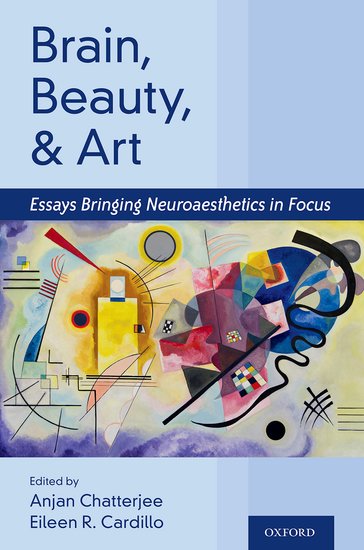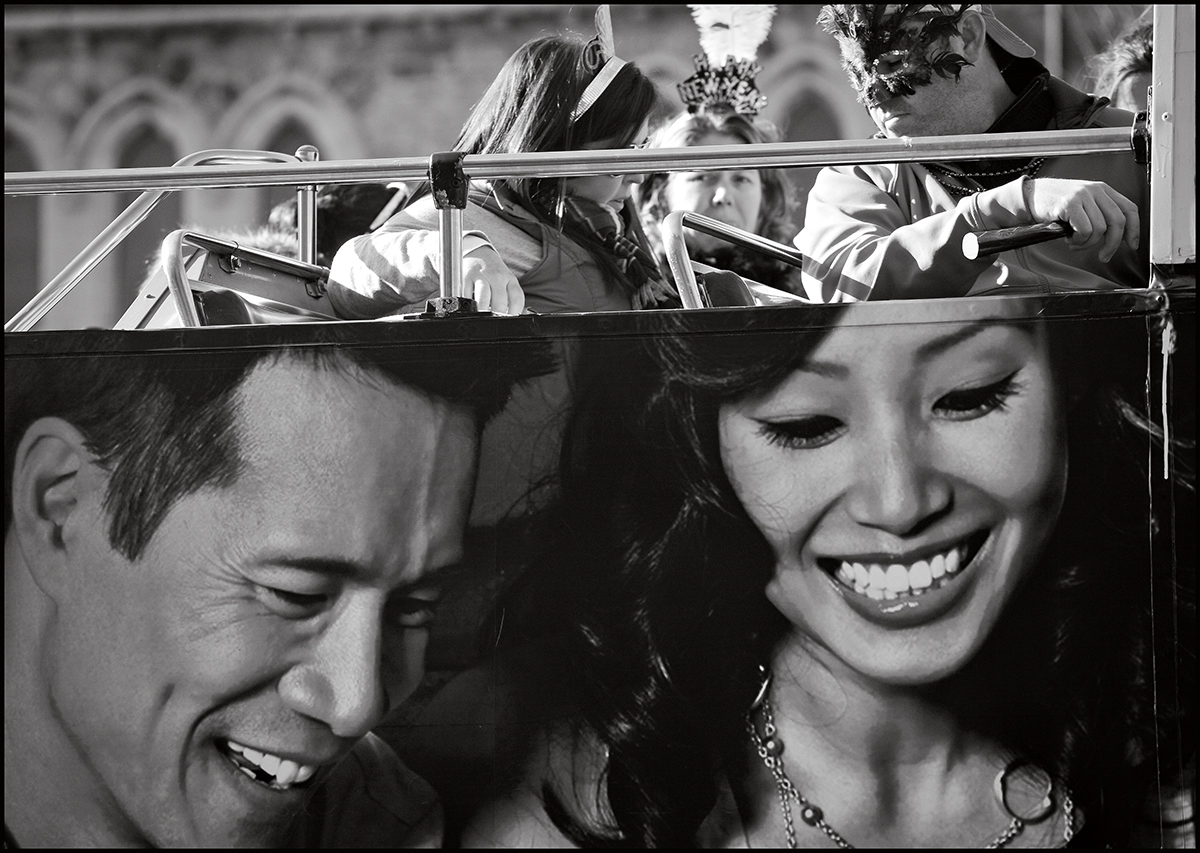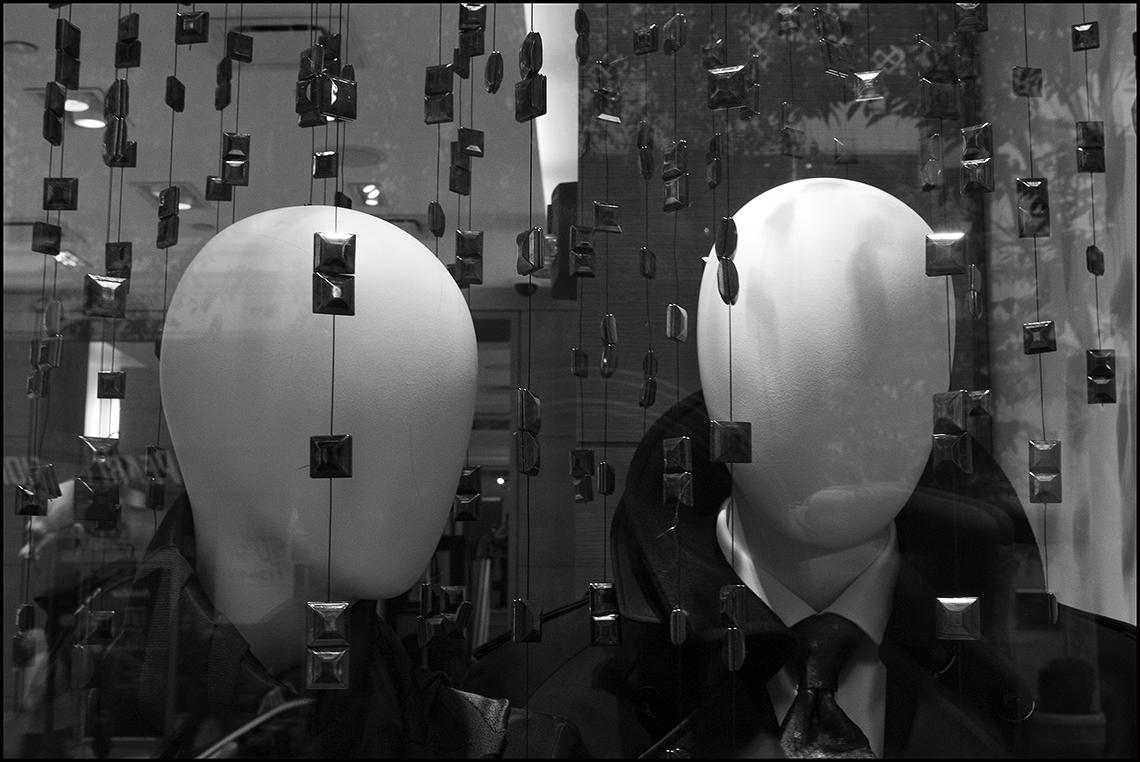Book Excerpt by Anjan Chatterjee
Chapter 10 of Brain, Beauty, and Art
 Editor's Note: The academic study of empirical aesthetics dates back to the late nineteenth century and incorporates psychology and neuroscience in investigating beauty and art. Over time, it has developed the subdisciplines of perceptual (visual) aesthetics, music science, and neuroaesthetics.
Editor's Note: The academic study of empirical aesthetics dates back to the late nineteenth century and incorporates psychology and neuroscience in investigating beauty and art. Over time, it has developed the subdisciplines of perceptual (visual) aesthetics, music science, and neuroaesthetics.
While perceptual aesthetics and music science often focus on how the brain processes the different modalities of art and the question of evolution’s role in humans creating art, neuroaesthetics focuses on the reward system of the brain as it pertains to art and questions of aesthetic evaluation.
According to the introduction of Brain, Beauty, and Art: Essays Bringing Neuroaesthetics in Focus, written jointly by co-editors Anjan Chatterjee and Eileen R. Cardillo, the subject started to take off only in the 2000s and became increasingly prominent in the 2010s. Because the field is young, they write, “We are still establishing neuroaesthetics’ conceptual underpinnings, the relevant scientific agenda, the optimal methods for inquiry, and how best to engage with allied disciplines.”
The emergence of neuroaesthetics also correlates with the increased representation of empirical aesthetics as a whole and is largely based on the invention of functional magnetic resonance imaging (fMRI).
Chatterjee’s work in aesthetics has largely been based in the visual realm.
“Professionally, my work had focused on attention, spatial representations, and language,” he notes in the book’s introduction. “Personally, I had always been preoccupied by beauty, and I was obsessed with photography.”
We are pleased to include this chapter from Brain, Beauty, and Art with the permission of Oxford University Press, which originally published the book in 2021.
Don't miss “Author Talk: Anjan Chatterjee” a video interview with the author by John Vogel that also appears in TW's Spring 2022 issue.

Humans are drawn to beauty. People magazine’s annual issue featuring its most beautiful people always sells well. Advertisers pay gorgeous models a lot of money to endorse their products. Movies and TV shows are replete with attractive people playing the roles of everyday folk. The “cool kids” at almost every age tend to be good-looking.
For a cognitive neuroscientist, these commonplace observations raise obvious questions. If we are so preoccupied by beauty, do our brains react to beauty even when we are not thinking about it? We conducted a functional magnetic resonance imaging study to address this question about beauty and our brains. People in our study enrolled for two sessions several days apart. In both sessions, they looked at 500 pairs of faces that varied in attractiveness. These faces were generated by a computer program and also varied in how similar they looked to each other. In the beauty session, the participants decided whether each face was more or less attractive than average. For comparison, in a nonbeauty identity session, the participants decided whether the face they were looking at was the same as or different from the previous face of the pair. The order of the sessions was counterbalanced so that some people participated in the identity session first and others participated in the beauty session first. We were particularly interested in whether our visual brain evaluates faces and whether it responds automatically to beauty. So, we separately identified regions in the occipital cortex (the visual brain) that processes faces (fusiform face area [FFA]), places (parahippocampal place area [PPA]), and objects in general (lateral occipital complex [LOC]).
What did we find? When people made beauty judgments, different parts of their brain showed neural activity that increased with greater beauty in faces. When querying the entire brain, we found this pattern of activity within the dorsal posterior parietal cortex, anterior insula, and inferior and medial prefrontal regions bilaterally. Within the visual cortex, we found this pattern of activity within FFA and the lateral occipital cortex LOC, but not in the PPA. The parietal, prefrontal, and insular activity were not surprising because these areas are known to mediate attention and emotion and valuation responses. At the outset, it was not obvious that we would see occipital activity. Note that this activity was not a general increase in visual responsiveness because the PPA was not modulated by facial beauty. One could imagine that a reasonable design of the brain would be that the back of the brain, the occipital cortex, classifies objects—such as identifying that a particular pattern of visual information represents a face, a building, or a teapot—and the front of the brain, which houses our emotion and reward systems, evaluates them. With such a logical neural division of labor, we would not expect activity within the FFA and LOC to be modulated by beauty.
Even more striking than the neural activity in the beauty task was the pattern of activity in the identity task. In the latter, we did not see the activity in the parietal, frontal, and insular regions that we saw when people made beauty judgments explicitly. However, within the FFA and LOC, we saw the same modulation—the more attractive a face was, the more strongly it was neurally engaged. So, even when people were thinking about identity and not beauty, their visual cortex reacted to the beauty of faces.
For technical reasons, we could not capture neural signals within deep brain regions typically responsive to pleasure. However, at around the same time, another group conducted a similar experiment (Kim et al., 2007). Instead of an identity task, in the nonbeauty condition, their participants made a perceptual judgment about whether the faces were narrow or wide. They found that pleasure centers (the nucleus accumbens and medial orbitofrontal cortex) responded to the beauty of faces even when their participants were making perceptual judgments.
To a first approximation, the biological rendering of facial beauty is characterized by simultaneous neural activity in our visual system responding to specific objects (in this instance, faces) and neural activity in our reward systems that respond more generally to pleasure. It looks like our brains react this way automatically regarding beautiful faces. Vision and valuation appear tightly tethered in our neural responses to beautiful faces.
These observations provoked two further questions. First, was the valuation response in the visual cortex a “beauty” response? We initially thought that we might have found evidence for beauty detectors embedded in the visual cortex. That hypothesis is probably wrong. We have since found that these same areas are activated by faces with anomalies, such as scars, skin cancers, and developmental abnormalities (Hartung et al., 2019). Faces with anomalies are not the opposite of beautiful—a beautiful person, for instance, can acquire a scar. That both beautiful faces and anomalous faces engage these areas more so than average-looking faces suggests these occipital activations are not likely to be beauty responses. We suspect that they are salience responses. That is, faces that deviate from the norm are more likely to be salient and engage our visual attention system.
The second question raised by our study was whether automatic neural responses to beautiful faces have consequences for explicit behavior. The answer is probably yes. We designed a mouse-tracking experiment (Faust, Chatterjee, and Christopoulos, 2019) in which participants saw a number at the bottom of the screen and two numbers at the top left and top right of the screen, equidistant to the bottom number. Their task was to move the mouse from the bottom number to whichever number at the top was closer in magnitude. For example, if the number at the bottom was 41 and the numbers at the top were 45 and 49, they moved the mouse to the 45. The trick of the experiment was that pictures of faces were placed next to the target and distractor numbers were positioned at the top left and right. The faces could be attractive, neutral, or unattractive (as rated by another group of participants); they were irrelevant to the task. Nonetheless, we found that when an attractive face was adjacent to the distractor number, people’s limbs moved subtly toward the attractive face before correcting course to the target number (which was adjacent to a neutral face). The trajectory of how people moved was affected automatically by the incidental presence of a beautiful face. Attraction, in this context, is not a metaphor.
In the same study (Faust et al., 2019), we also looked at eye movement patterns. Unlike in the limb movement experiment, people’s eyes were drawn to and fixated longer on both attractive and unattractive faces compared to neutral faces. This observation was akin to the salience claim—that is, our eyes seem to respond to faces that deviate from the average, regardless of degree of attractiveness. It is worth noting that the same information and valuation of that information coming in through our eyes deploys our motor system in different ways. Our limbs are moved to beautiful faces, whereas our eyes are moved to unusual faces.
We do not yet know whether these automatic responses to beautiful faces generalize to other objects. Do we have similar responses to beautiful landscapes or objects? Does our mouse-tracking experiment have commercial implications? Are we more likely to click to buy something online if the product is next to a beautiful model or the object itself is beautiful? At the most general level, does surrounding ourselves with beauty contribute to our sense of well-being? We are just scratching the surface of how, unknown to us, beauty affects us.

Art Information
- “Wear a Mask” and “Talk to Me” © Anjan Chatterjee; used by permission.
References
- Anjan Chatterjee, Amy Thomas, Sabrina E. Smith, and Geoffrey K. Aguirre (2009). The neural response to facial attractiveness. Neuropsychology, 23(2), 135–143.
- Natalie T. Faust, Anjan Chatterjee, and George I. Christopoulos (2019). Beauty in the eyes and the hand of the beholder: Eye and hand movements’ differential responses to facial attractiveness. Journal of Experimental Social Psychology, 85, 103884.
- Franziska Hartung, Anja Jamrozik, Miriam E. Rosen, Geoffrey Aguirre, David B. Sarwer, and Anjan Chatterjee (2019). Behavioural and neural responses to facial disfigurement. Scientific Reports, 9(1), 8021.
- Hackjin Kim, Ralph Adolphs, John P. O’Doherty, and Shinsuke Shimojo (2007). Temporal isolation of neural processes underlying face preference decisions. Proceedings of the National Academy of Sciences, 104(46), 18253–18258.
 Anjan Chatterjee is professor of neurology, psychology, and architecture at the University of Pennsylvania and founding director of the Penn Center for Neuroaesthetics. Dr. Chatterjee’s clinical practice focuses on patients with cognitive disorders, and his research addresses neuroaesthetics, spatial cognition, language, and neuroethics. He wrote The Aesthetic Brain: How We Evolved to Desire Beauty and Enjoy Art and co-edited Brain, Beauty, and Art: Bringing Neuroaesthetics Into Focus. He received the American Academy of Neurology’s Norman Geschwind Prize in Behavioral Neurology and the American Psychological Association’s Rudolf Arnheim Prize for contributions to psychology and the arts.
Anjan Chatterjee is professor of neurology, psychology, and architecture at the University of Pennsylvania and founding director of the Penn Center for Neuroaesthetics. Dr. Chatterjee’s clinical practice focuses on patients with cognitive disorders, and his research addresses neuroaesthetics, spatial cognition, language, and neuroethics. He wrote The Aesthetic Brain: How We Evolved to Desire Beauty and Enjoy Art and co-edited Brain, Beauty, and Art: Bringing Neuroaesthetics Into Focus. He received the American Academy of Neurology’s Norman Geschwind Prize in Behavioral Neurology and the American Psychological Association’s Rudolf Arnheim Prize for contributions to psychology and the arts.
